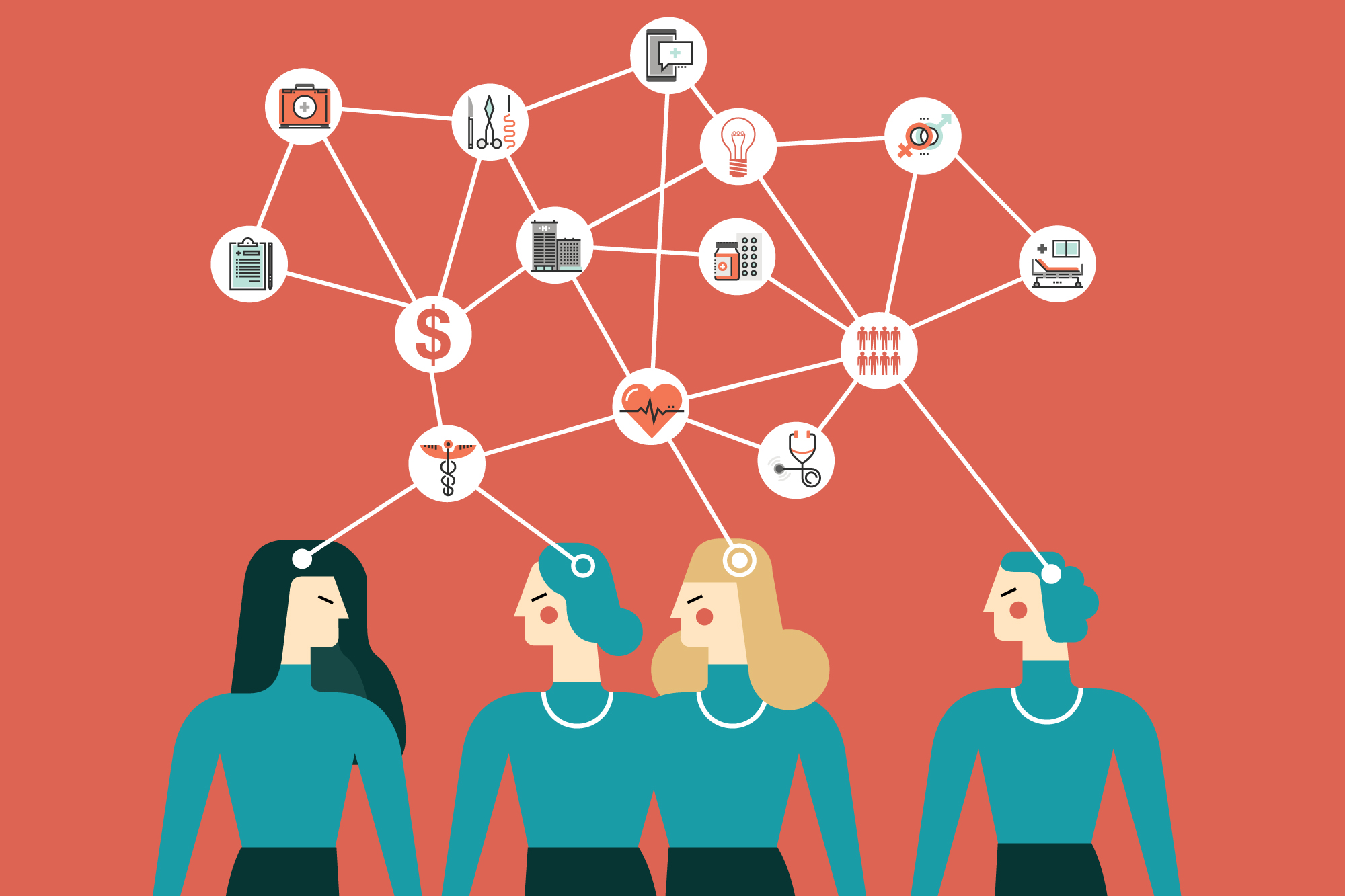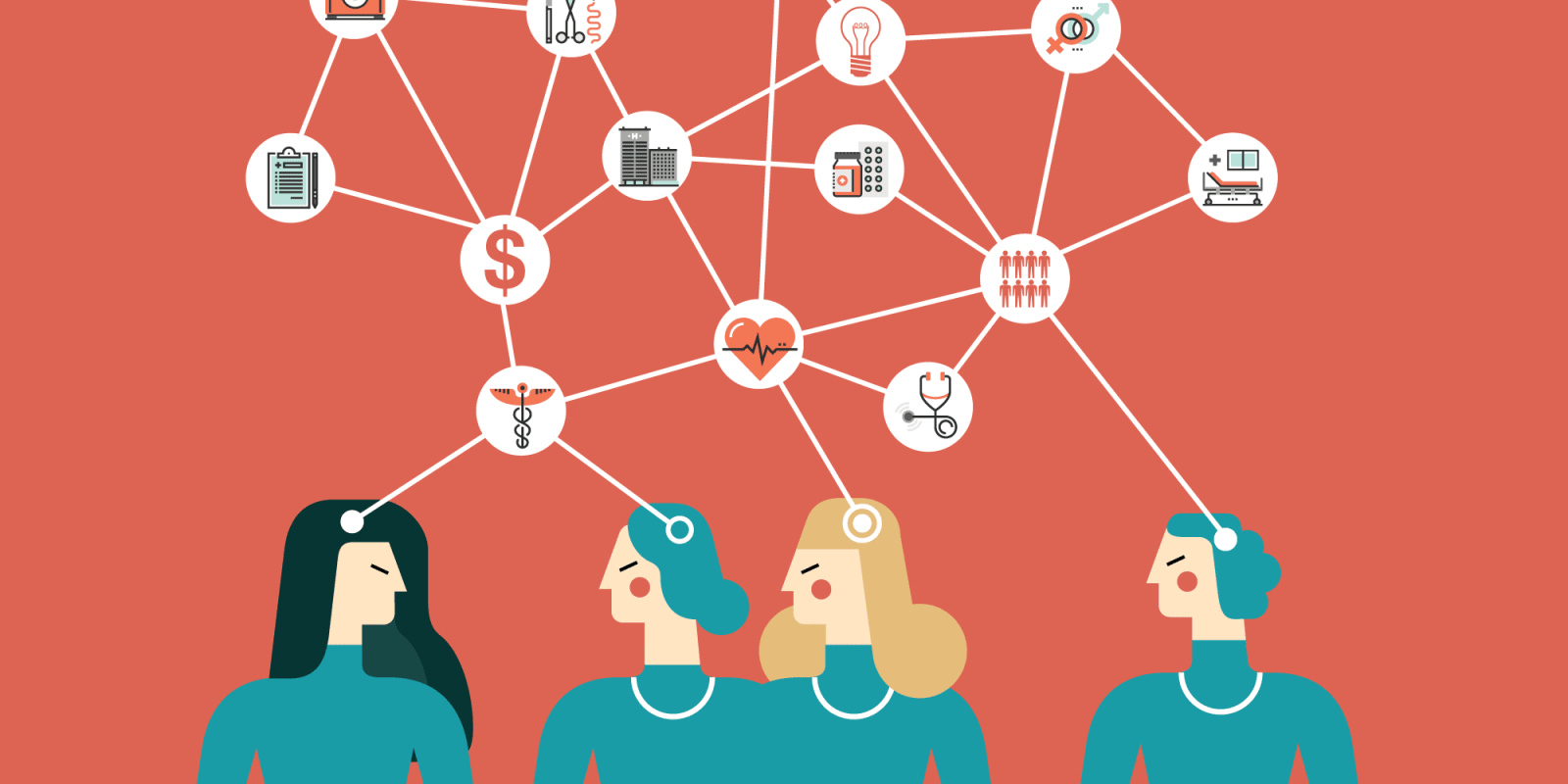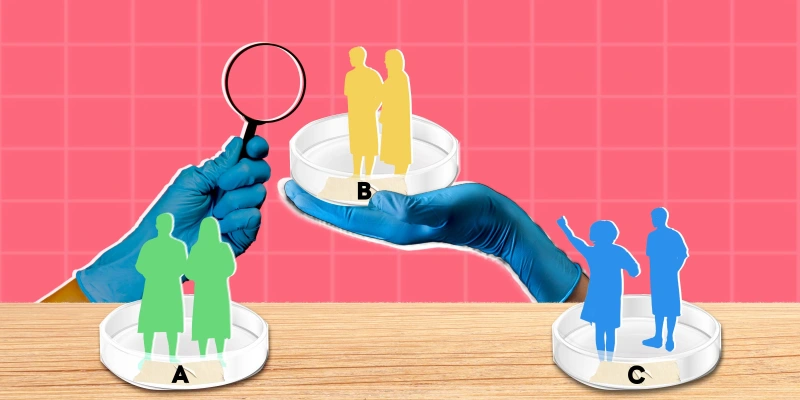 The American Association of Neuromuscular & Electrodiagnostic Medicine (AANEM) 2019 Annual Meeting took place in Austin, Texas in mid-October. This year’s meeting set a record for AANEM Annual Meeting attendance, with more than 1,100 attendees.
The American Association of Neuromuscular & Electrodiagnostic Medicine (AANEM) 2019 Annual Meeting took place in Austin, Texas in mid-October. This year’s meeting set a record for AANEM Annual Meeting attendance, with more than 1,100 attendees.
AANEM allows the unique opportunity for neuromuscular neurologists and physiatrists to collaborate in the areas of research, clinical (especially procedural) practice, and education. The annual meeting offerings certainly depicted that focus, with multiple presentations on electrodiagnostic medicine and other diagnostic modalities such as ultrasound, autonomic testing, chemodenervation, etc. The meeting has continued to offer forward-thinking education within these areas, along with an emphasis on what is working right now. There were a number of workshops and talks for technologists to also benefit and network with peers from different organizations.
Technology was a big topic of the meeting, including telemedicine, a growing field that is teaching us new ways to serve our patients. There are many applications of telemedicine that can provide ways for synchronous as well as asynchronous clinical care. The meeting covered talks on tele-based visits in amyotrophic lateral sclerosis which can allow patients to access their physicians from home through a tele-platform. A different technology-based talk explored brain computer interface application for neuromuscular medicine and its future. Focusing on these emerging technologies to treat patients with neuromuscular diseases allows physicians the opportunity to think about how to stay relevant in a rapidly changing field.
Uncommon topics covered included complementary/integrative approaches to neuromuscular disorders. Acupuncture discussion covered the literature review as well as the new research directions. Other areas included medical marijuana, nutritional supplements, mindfulness, and meditation.
AANEM expressed the importance of women in medicine by holding a session for women in neuromuscular medicine, with focus on strategies for salary negotiation for women physicians. This presentation also covered the different areas that contribute to mental models such as number of years in practice, comfort level with such conversation, and alignment with wellbeing. I believe this topic can be further explored in subsequent meetings and can include other areas outside of salary negotiations that impact women physicians in their daily work life.
A welcome addition to this year’s meeting was the mentorship program. Willing mentors had their backgrounds listed on the AANEM website, allowing newer members the opportunity to schedule some one-on-one time. Mentors and mentees were provided an introduction a week before the meeting via email and were encouraged to maintain contact for the next several months. A fellow and resident luncheon was hosted for networking, which was attended by board members. Throughout the week, efforts such as the luncheon, mentorship program, as well as a speed networking sessions allowed the interaction between younger and seasoned AANEM members from different backgrounds (academic vs. community practices, physiatry vs. neurology), which provided meaningful opportunities for starting conversations that could hopefully lead to research, educational, and clinical collaboration and guidance.
The AANEM lounge provided pleasant breaks from learning throughout the day in the form of live music and caricature artists. This also provided an opportunity to network with colleagues, and gain an understanding of the friendly atmosphere AANEM cultivates at their meetings.
This meeting provided an opportunity, in a relaxed atmosphere to interact with colleagues with a similar focus and interest in exploring new advances in our subspecialty. I plan on being in Orlando for next year’s meeting. If your practice involves neuromuscular or electrodiagnostic medicine, this meeting is the best place to hear the most up-to-date information to help your practice.
Illustration Collage by Jennifer Bogartz / Getty Images






